
 The Python Coding Book: The friendly, relaxed programming book - Zeroth Edition
by
Stephen Gruppetta
The Python Coding Book: The friendly, relaxed programming book - Zeroth Edition
by
Stephen Gruppetta
 Introduction: Visual Basic 6.0
by
Gary Haggard; Wade Hutchison; Christy Shibata
Introduction: Visual Basic 6.0
by
Gary Haggard; Wade Hutchison; Christy Shibata
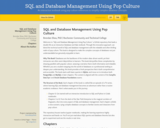 Database and SQL through Pop Culture An interactive textbook using pop culture references to simplify complex database concepts.
by
Brendan Shea, PhD
Database and SQL through Pop Culture An interactive textbook using pop culture references to simplify complex database concepts.
by
Brendan Shea, PhD
 Database Design – 3rd Edition
by
Fred Strickland
Database Design – 3rd Edition
by
Fred Strickland
 Computer Networking : Principles, Protocols and Practice
by
Olivier Bonaventure
Computer Networking : Principles, Protocols and Practice
by
Olivier Bonaventure
 Computer Networking : Principles, Protocols and Practice
by
Olivier Bonaventure
Computer Networking : Principles, Protocols and Practice
by
Olivier Bonaventure
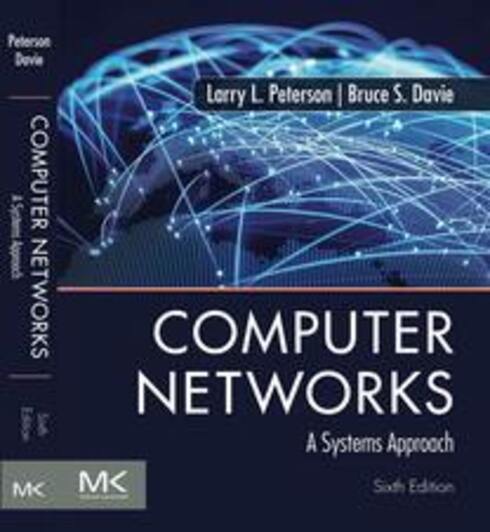 Computer Networks: A Systems Approach
by
Larry Peterson, and Bruce Davie
Computer Networks: A Systems Approach
by
Larry Peterson, and Bruce Davie
 An Introduction to Computer Networks, 2nd Edition
by
Peter L Dordal
An Introduction to Computer Networks, 2nd Edition
by
Peter L Dordal
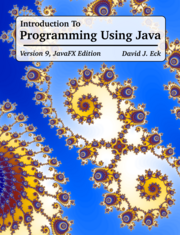 Introduction to Programming Using Java, Version 9.0
by
David J. Eck
Introduction to Programming Using Java, Version 9.0
by
David J. Eck
 Java, Java, Java: Object-Oriented Problem Solving
by
Ralph Morelli; Ralph Walde
Java, Java, Java: Object-Oriented Problem Solving
by
Ralph Morelli; Ralph Walde
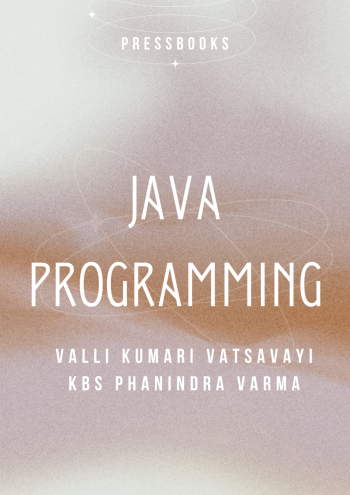 Java Programming
by
Valli Kumari Vatsavayi and KBS Phanindra Varma
Java Programming
by
Valli Kumari Vatsavayi and KBS Phanindra Varma
 Think Java: How To Think Like a Computer Scientist - 2e
by
Allen B. Downey; Chris Mayfield
Think Java: How To Think Like a Computer Scientist - 2e
by
Allen B. Downey; Chris Mayfield
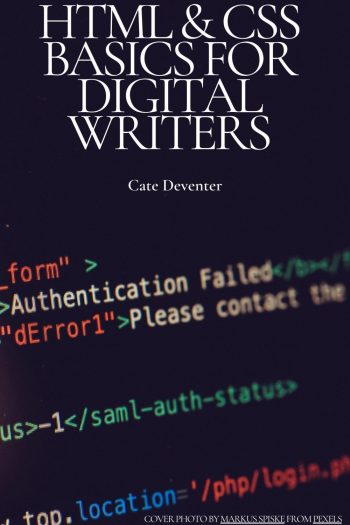 HTML & CSS Basics for Digital Writers
by
Cate Deventer
HTML & CSS Basics for Digital Writers
by
Cate Deventer
 The Missing Link: An Introduction to Web Development and Programming
by
Michael Mendez
The Missing Link: An Introduction to Web Development and Programming
by
Michael Mendez
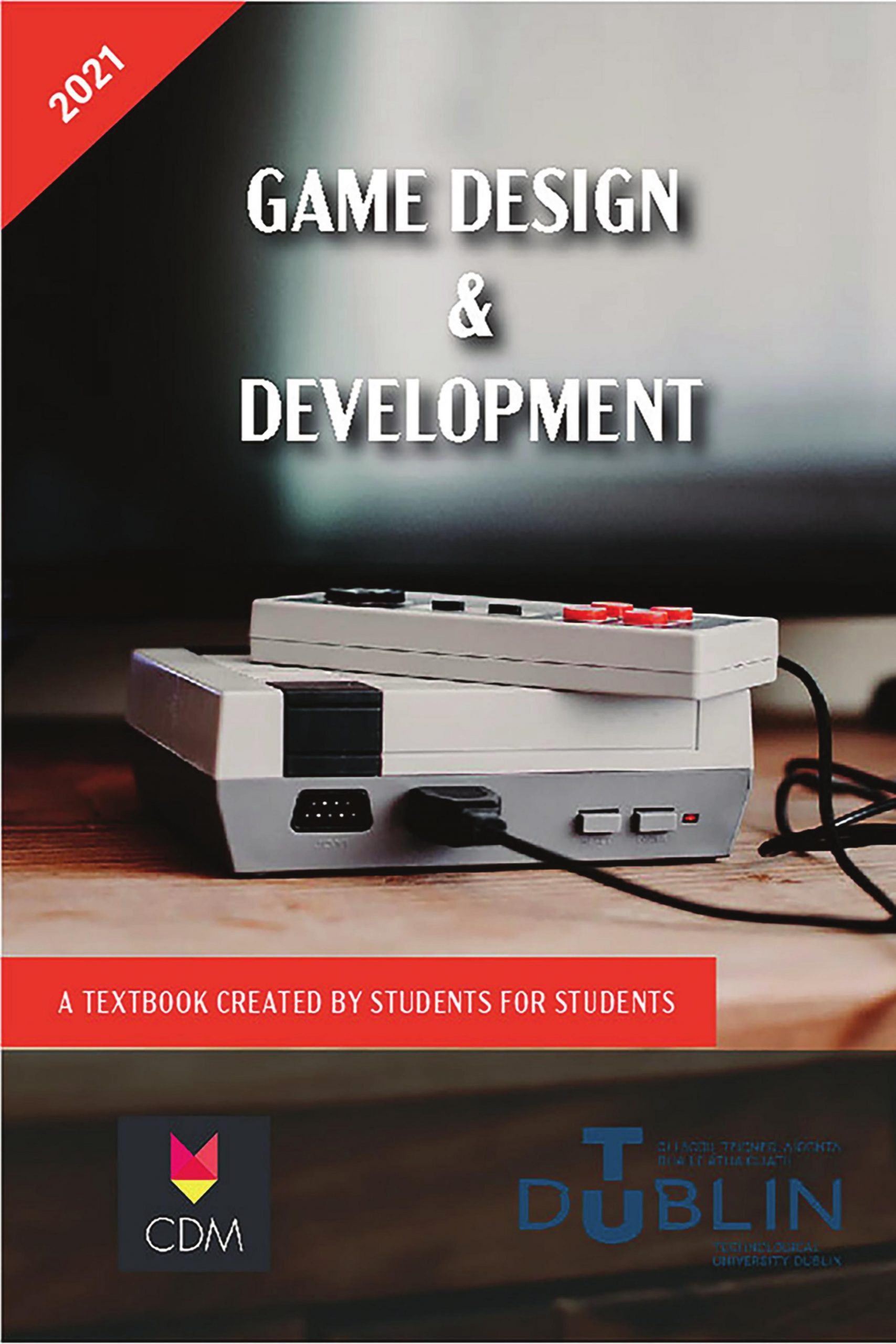 Game Design & Development 2021
by
Abdinasir Ahmed Hassen; Aleksander Smyczynski; Anna Zurawska; Aoibhe Conway; Bernard Mac Donagh; Conor Burke; Darragh Cole; Eamon Slevin; Edward Vrancianu; Enoh Brownson; Flosie Sazon; Francis Omede; John Garry; Joseph Dolan; Julia Lo Iacono; Justin Flood; Justin Urbonas; Kain Bradley; Karolina Kowalczyk; Killian Delaney; Lusine Ustyan; Megan Kelly; Nadine Dam; Nathan Speight; Roman Komar; Ron Mencias; Rosie Murray; Sam Chapple; Sam O'Sullivan; Tochi Ugochukwu; Vince Palban; and Wiktoria Roglaksa
Game Design & Development 2021
by
Abdinasir Ahmed Hassen; Aleksander Smyczynski; Anna Zurawska; Aoibhe Conway; Bernard Mac Donagh; Conor Burke; Darragh Cole; Eamon Slevin; Edward Vrancianu; Enoh Brownson; Flosie Sazon; Francis Omede; John Garry; Joseph Dolan; Julia Lo Iacono; Justin Flood; Justin Urbonas; Kain Bradley; Karolina Kowalczyk; Killian Delaney; Lusine Ustyan; Megan Kelly; Nadine Dam; Nathan Speight; Roman Komar; Ron Mencias; Rosie Murray; Sam Chapple; Sam O'Sullivan; Tochi Ugochukwu; Vince Palban; and Wiktoria Roglaksa
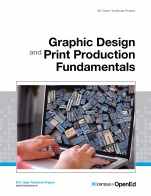 Graphic Design and Print Production Fundamentals
by
Graphic Communications Open Textbook Collective, British Columbia Institute of Technology
Graphic Design and Print Production Fundamentals
by
Graphic Communications Open Textbook Collective, British Columbia Institute of Technology
 Introduction to Computer Graphics
by
David J. Eck
Introduction to Computer Graphics
by
David J. Eck
 Mastering Enterprise Networks 2e: Step-by-step labs to create, attack and defend enterprise networks
by
Mathew J. Heath Van Horn, PhD
Mastering Enterprise Networks 2e: Step-by-step labs to create, attack and defend enterprise networks
by
Mathew J. Heath Van Horn, PhD
Central Maine Community College Learning Commons - 1250 Turner St., Auburn, Maine 04210 - Telephone: (207)755-5218
Central Maine Community College is an equal opportunity/affirmative action institution and employer.
For more information, please call (207) 755-5100. [Full Non-Discrimination Notice]